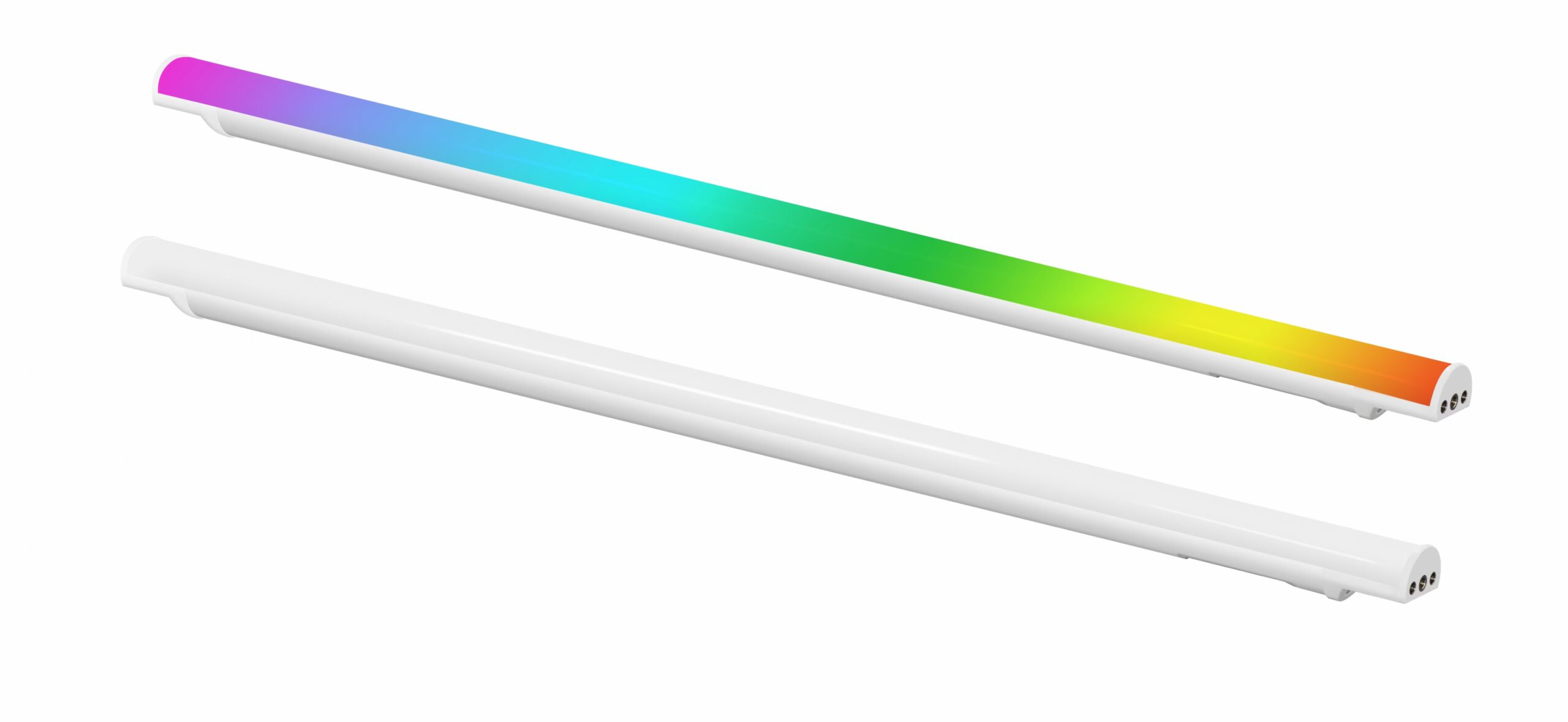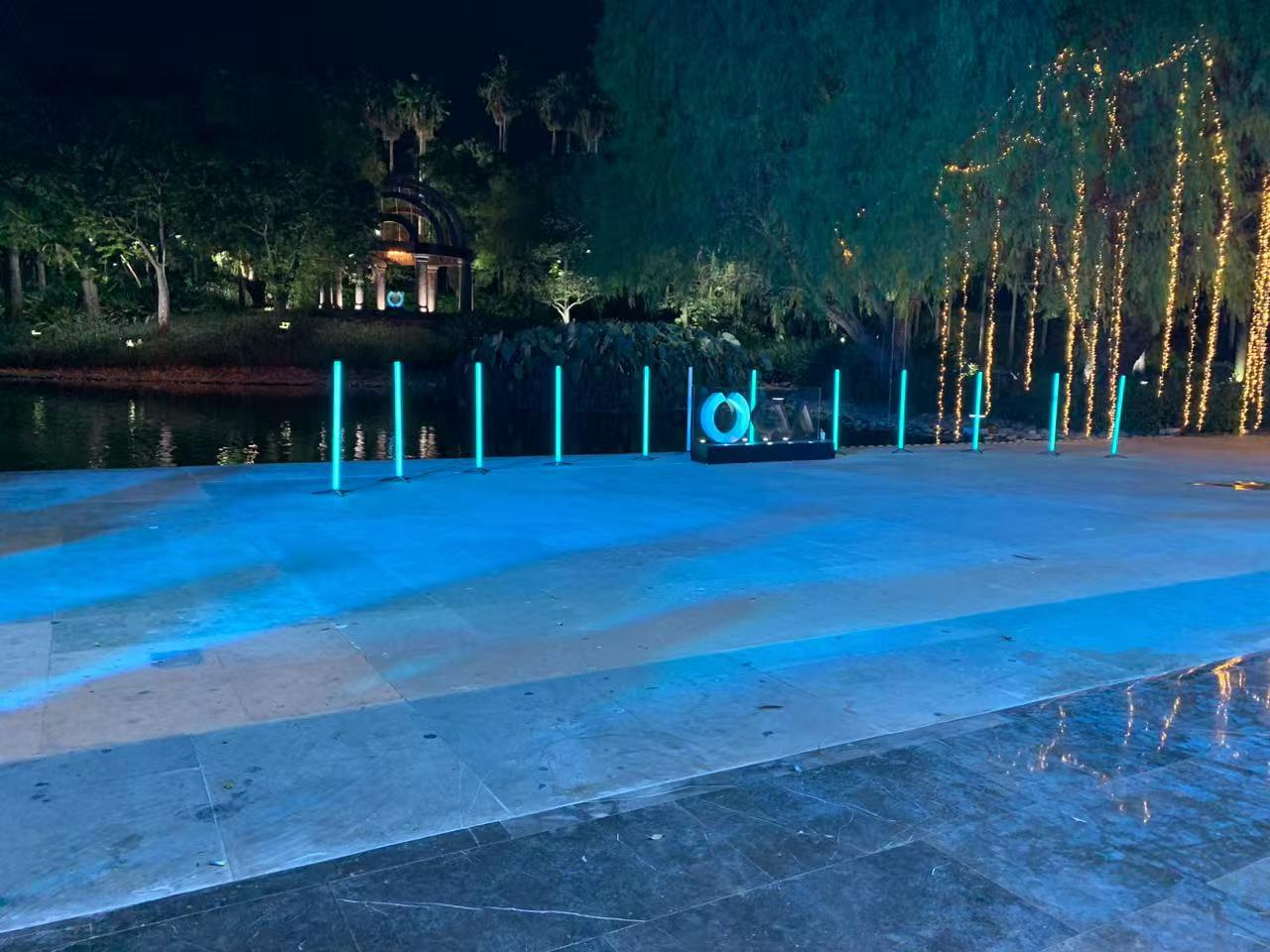Wireless LED Outdoor Lighting: The Benefits

Benefits of Wireless LED Lighting for Outdoor Installations
Introduction
In the realm of outdoor lighting, wireless LED solutions are transforming the way we approach design, functionality, and installation. The evolution from traditional wired systems to advanced wireless options offers numerous advantages, particularly for those involved in outdoor installations. This blog explores the key benefits of wireless LED lighting and how it can enhance your outdoor spaces, blending functionality with cutting-edge technology.
 Advantages of Wireless LED Lighting
Advantages of Wireless LED Lighting
-
Enhanced Flexibility and Design Freedom
Wireless LED lighting provides unparalleled flexibility in design and placement. Without the constraints of cables and wiring, designers can easily position lights to create dynamic and visually stunning effects. This flexibility is especially beneficial for outdoor installations where the environment and layout can be complex. Wireless systems allow for creative freedom, enabling innovative lighting designs that were previously challenging to achieve.
-
Simplified Installation Process
One of the most significant benefits of it is the simplified installation process. Traditional wired systems often involve extensive cabling, trenching, and complex wiring diagrams. In contrast, wireless LED lights eliminate the need for physical connections, reducing installation time and labor costs. This not only speeds up the setup but also minimizes disruption to the landscape or existing structures.
-
Cost-Effective Solution
While the initial investment in wireless LED technology may be higher than traditional options, the long-term cost benefits are substantial. Reduced installation time and lower labor costs contribute to overall savings. Additionally, wireless systems often include energy-efficient LED technology, which further reduces operational costs by lowering energy consumption and maintenance requirements.
-
Enhanced Control and Customization
Wireless LED lighting systems come equipped with advanced control options, allowing users to customize and adjust lighting settings remotely. With features such as dimming, color changing, and scheduling, users can create the perfect ambiance for any occasion. This level of control is particularly useful for outdoor events, where lighting needs may vary throughout the evening or season.
-
Improved Durability and Reliability
Outdoor environments can be harsh on lighting systems, with exposure to elements such as rain, snow, and extreme temperatures. Wireless LED lights are designed to withstand these conditions, offering improved durability and reliability compared to traditional wired systems. Their robust construction and weather-resistant features ensure long-lasting performance and minimal maintenance.
 Conclusion
Conclusion
Wireless LED lighting represents a significant advancement in outdoor technology. Its benefits, including enhanced flexibility, simplified installation, cost-effectiveness, advanced control, and improved durability, make it an excellent choice for modern outdoor installations. As technology continues to evolve, embracing wireless solutions can elevate your lighting designs and provide a seamless experience for both installation and use.
